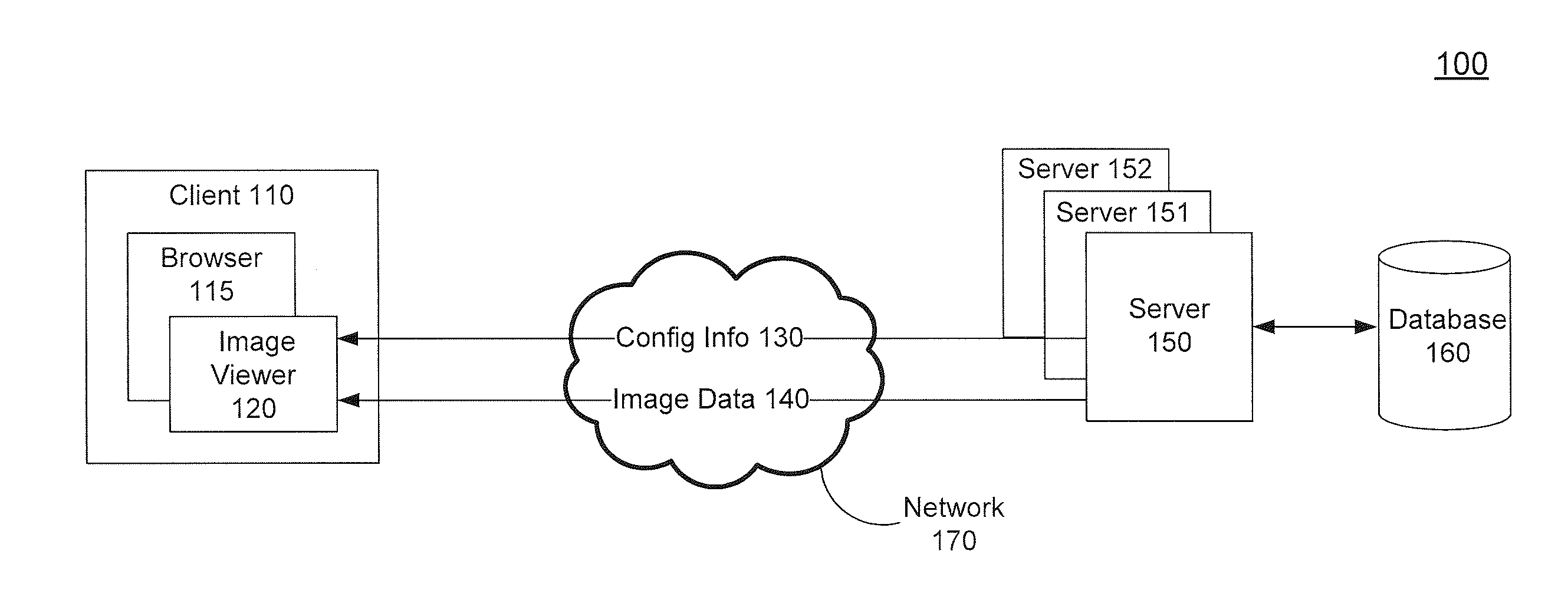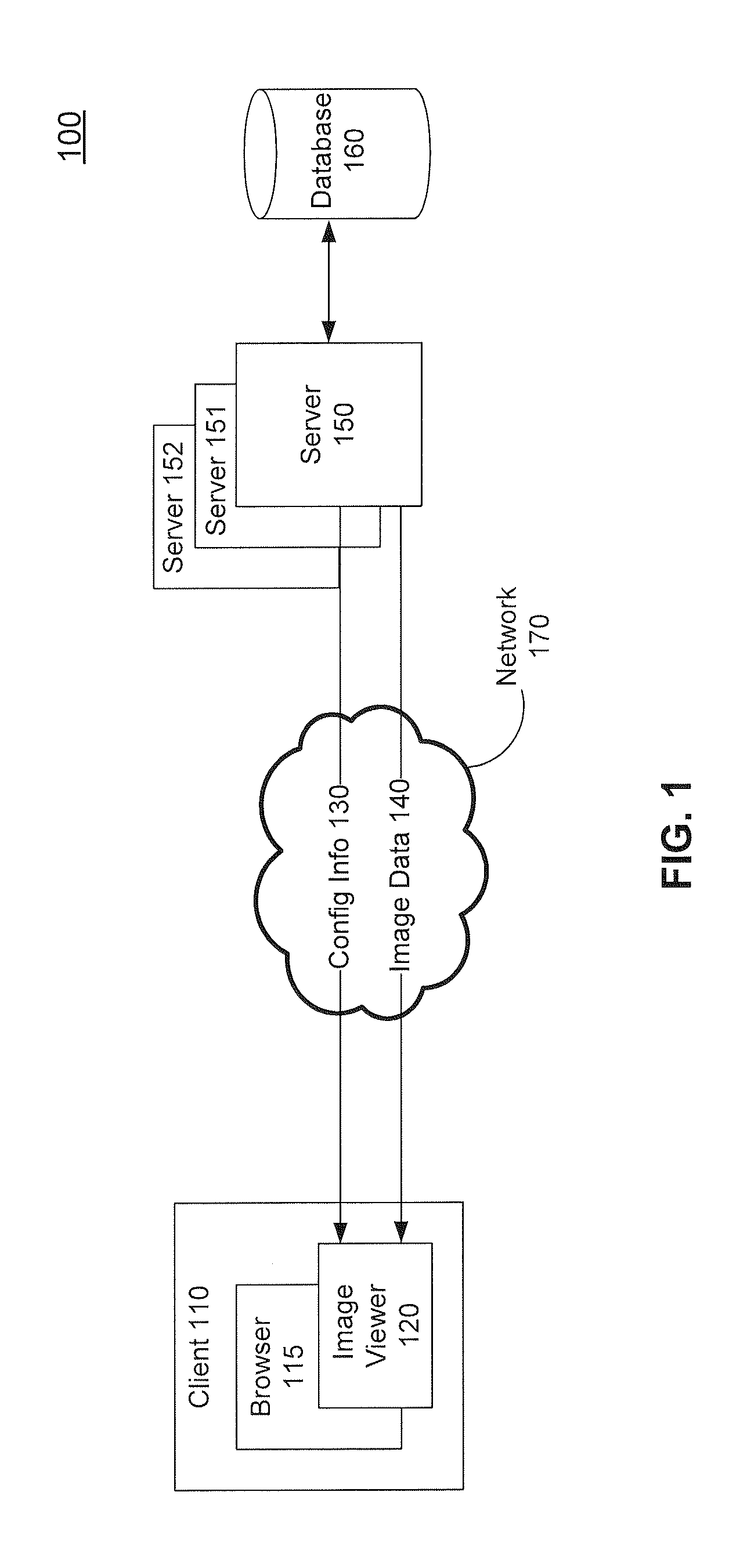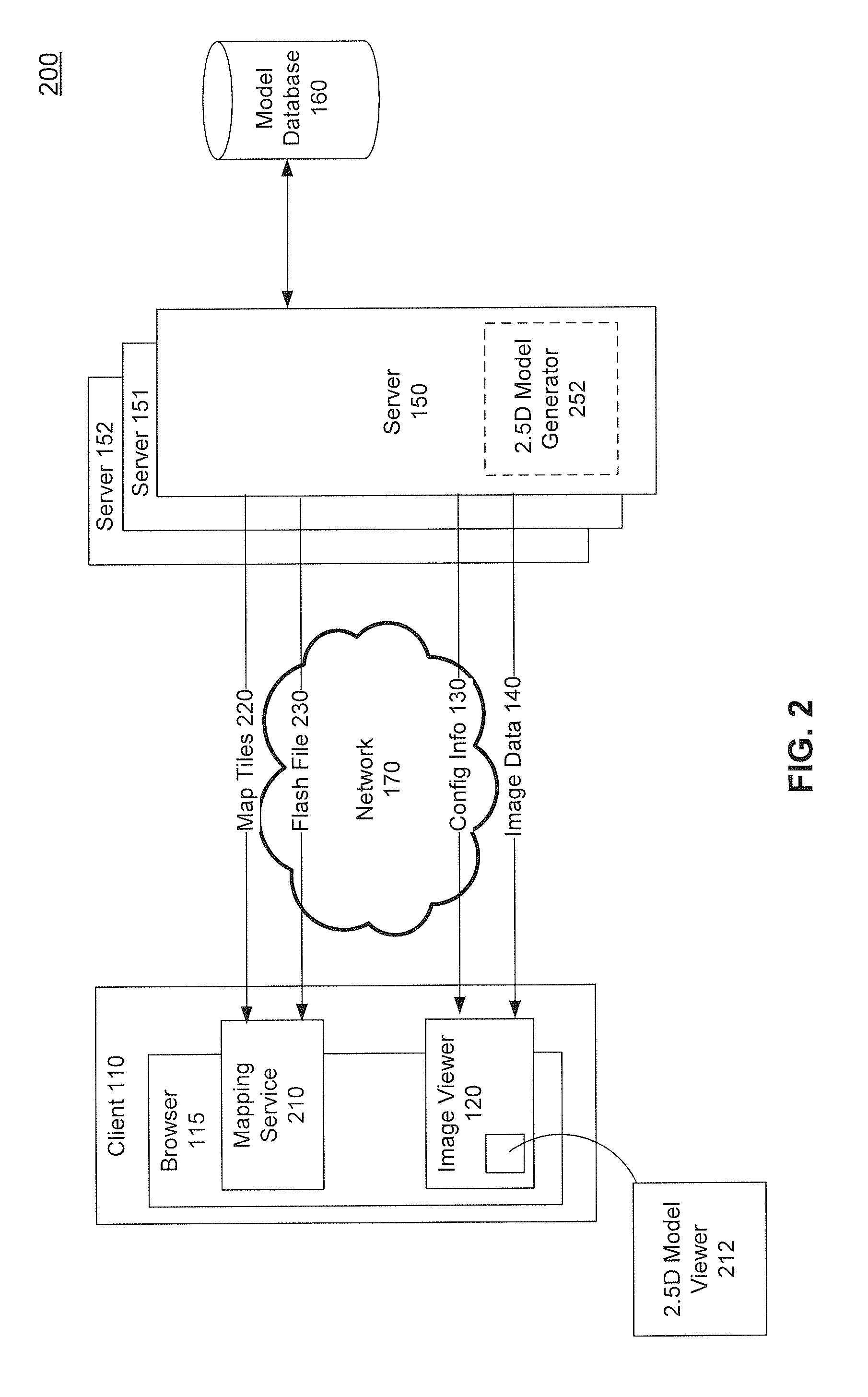Automatic Generation of 2.5D Extruded Polygons from Full 3D Models
a technology of extruded polygons and full 3d models, applied in the field of computer graphics, can solve the problems of unable to generate a simplified model, resource-intensive and time-consuming operation, and inability to determine the texture resolution of multiple 3d objects in a plurality of 3d models in real-time rendering applications
- Summary
- Abstract
- Description
- Claims
- Application Information
AI Technical Summary
Benefits of technology
Problems solved by technology
Method used
Image
Examples
example building
Models
[0060]FIGS. 4A-4C illustrate various example 3D building models 400, 430, and 460, in accordance with embodiments. For example, one or more of building models 400, 430, and 460 may be included in 3D model 306 of FIG. 3, as described above. It is noted that embodiments are described with respect to 3D building models for ease of explanation and illustrative purposes, but embodiments are not intended to be limited thereto. It would be apparent to a person skilled in the relevant art given the description herein that embodiments may be applied to any 3D model.
[0061]FIG. 4A illustrates a 3D model 400 comprising different buildings, according to an embodiment. In the example illustrated in FIG. 4A, 3D model 400 includes a 3D building 402 and a 3D building 404. Further, a surface normal 406, a surface normal 408, and a surface normal 412 are surface normal vectors shown for three different polygons associated with different portions of 3D building 402.
[0062]In an embodiment, the dif...
PUM
 Login to View More
Login to View More Abstract
Description
Claims
Application Information
 Login to View More
Login to View More - R&D
- Intellectual Property
- Life Sciences
- Materials
- Tech Scout
- Unparalleled Data Quality
- Higher Quality Content
- 60% Fewer Hallucinations
Browse by: Latest US Patents, China's latest patents, Technical Efficacy Thesaurus, Application Domain, Technology Topic, Popular Technical Reports.
© 2025 PatSnap. All rights reserved.Legal|Privacy policy|Modern Slavery Act Transparency Statement|Sitemap|About US| Contact US: help@patsnap.com



